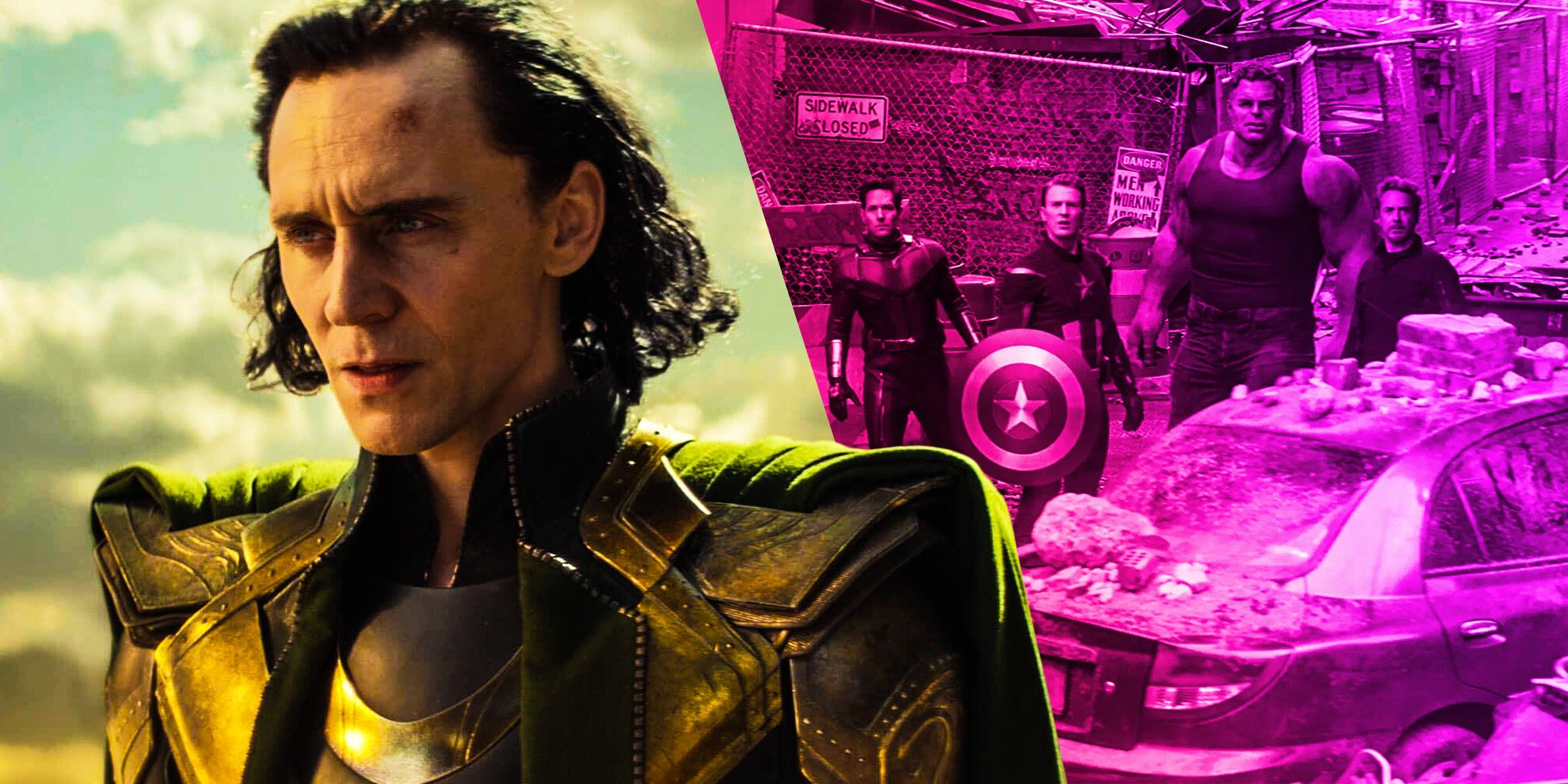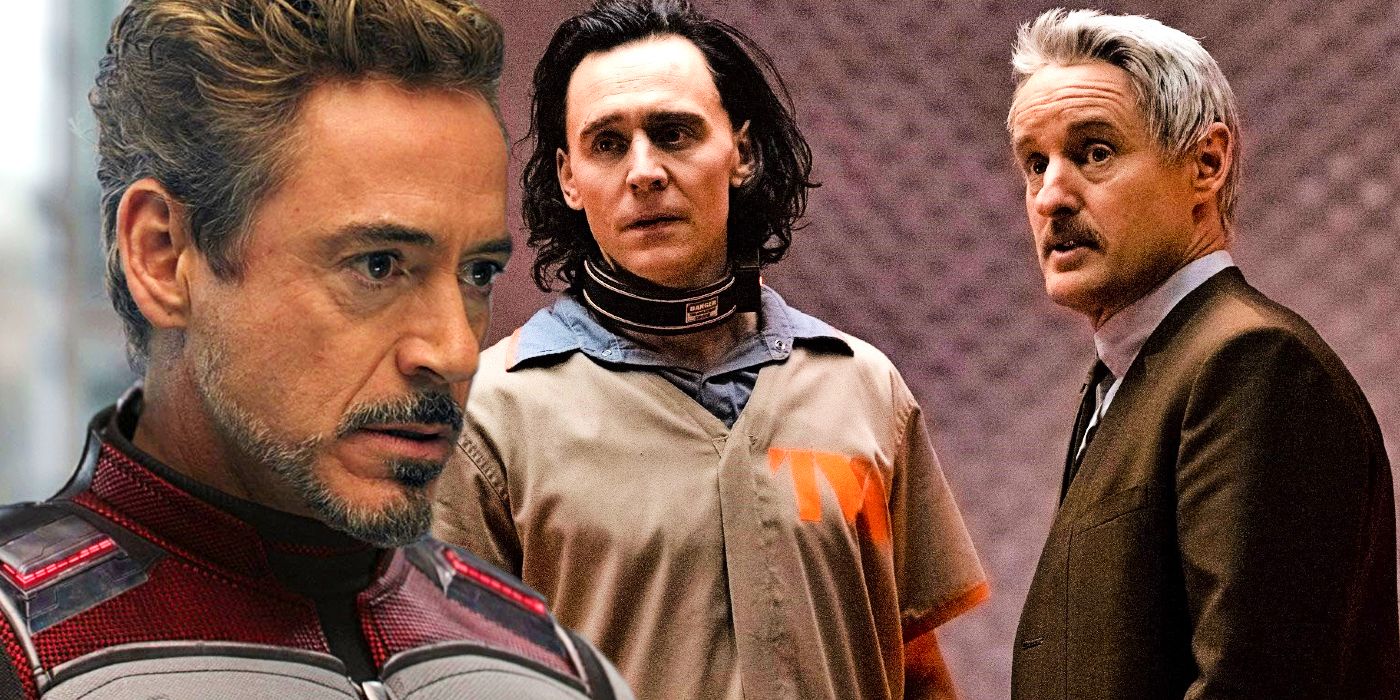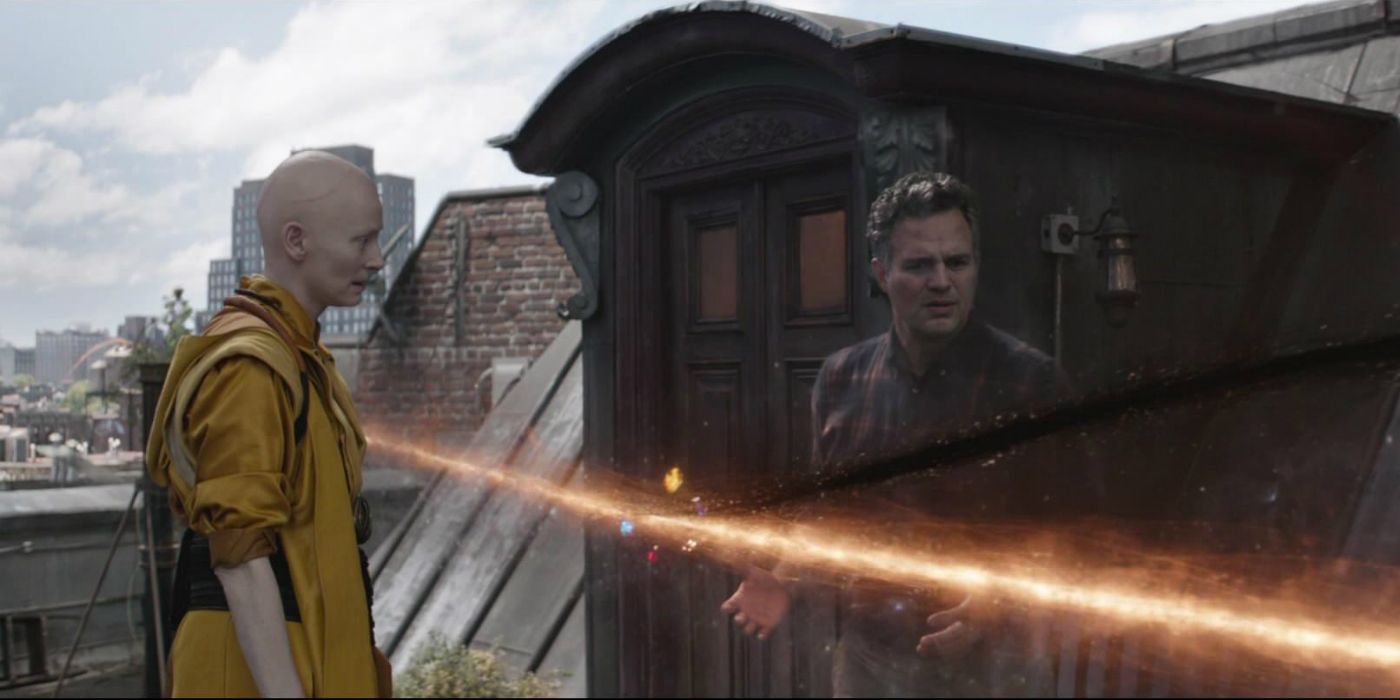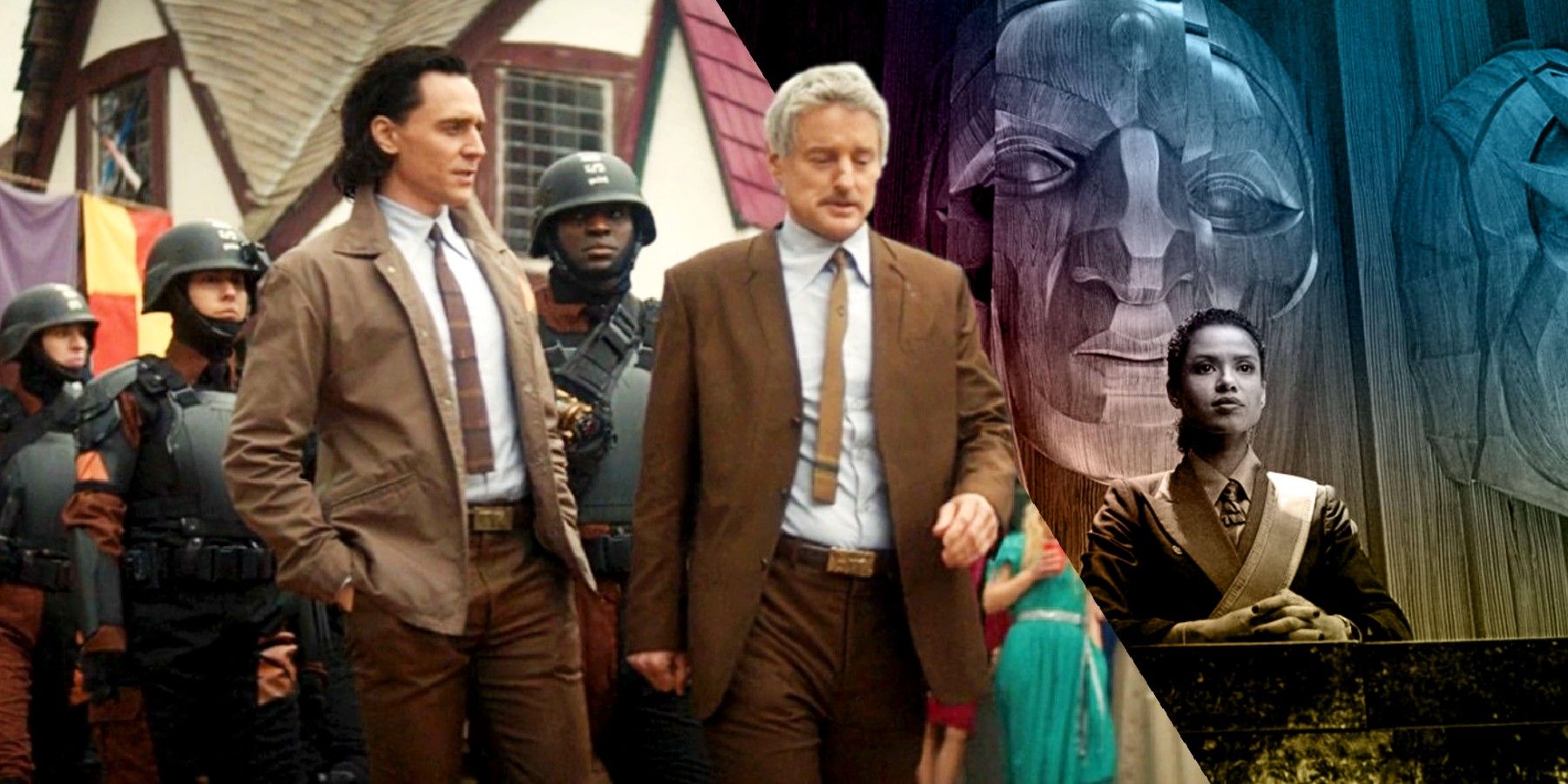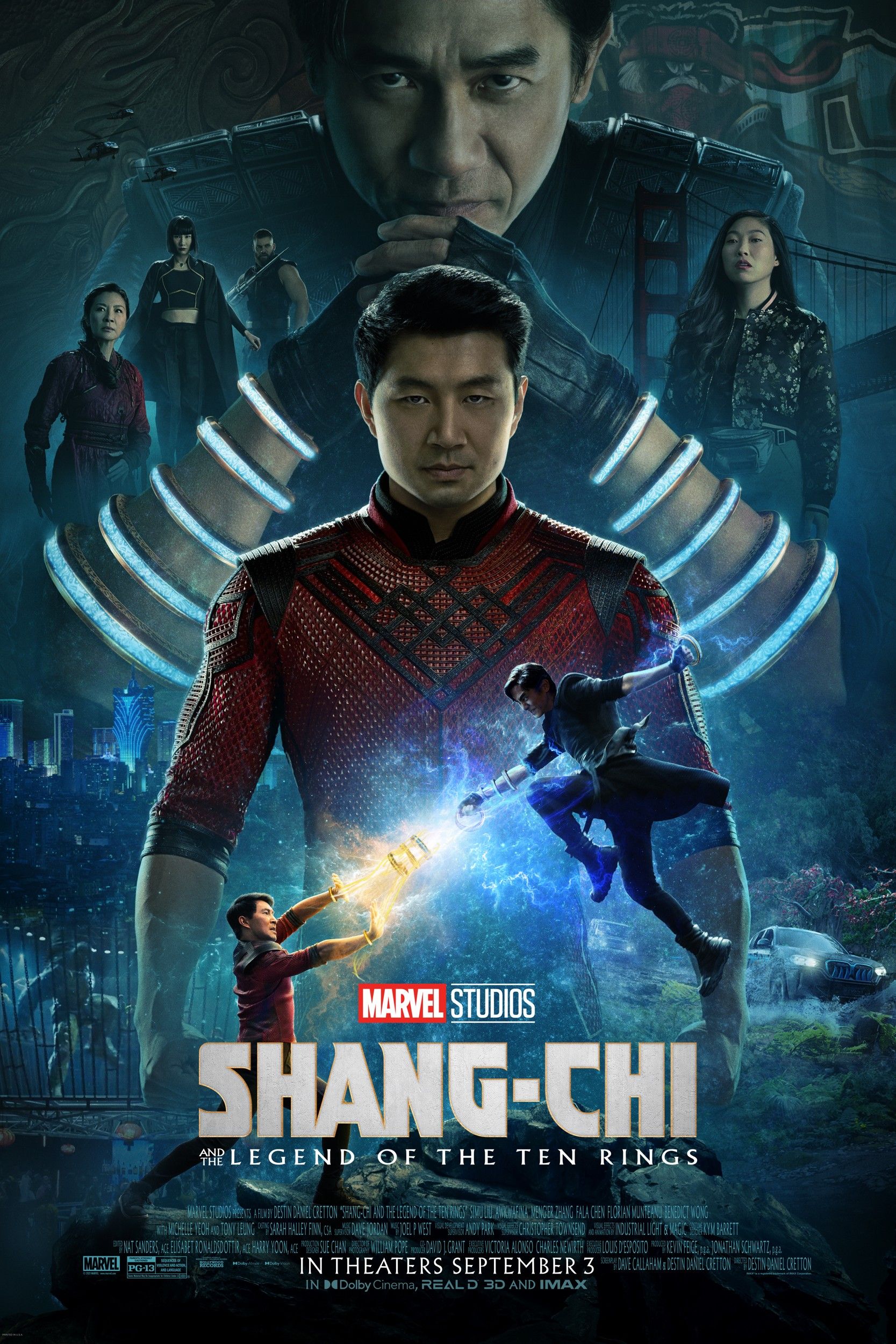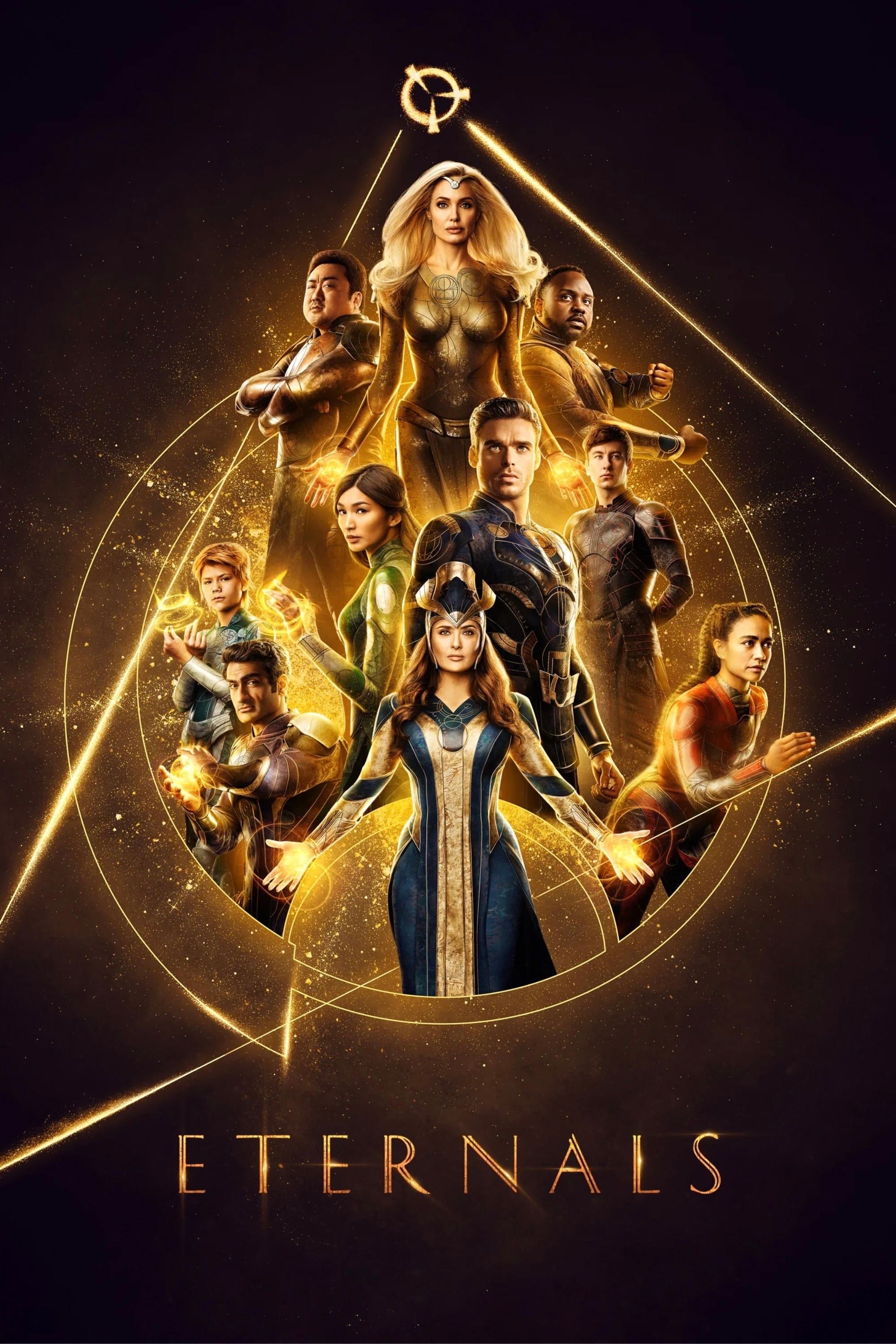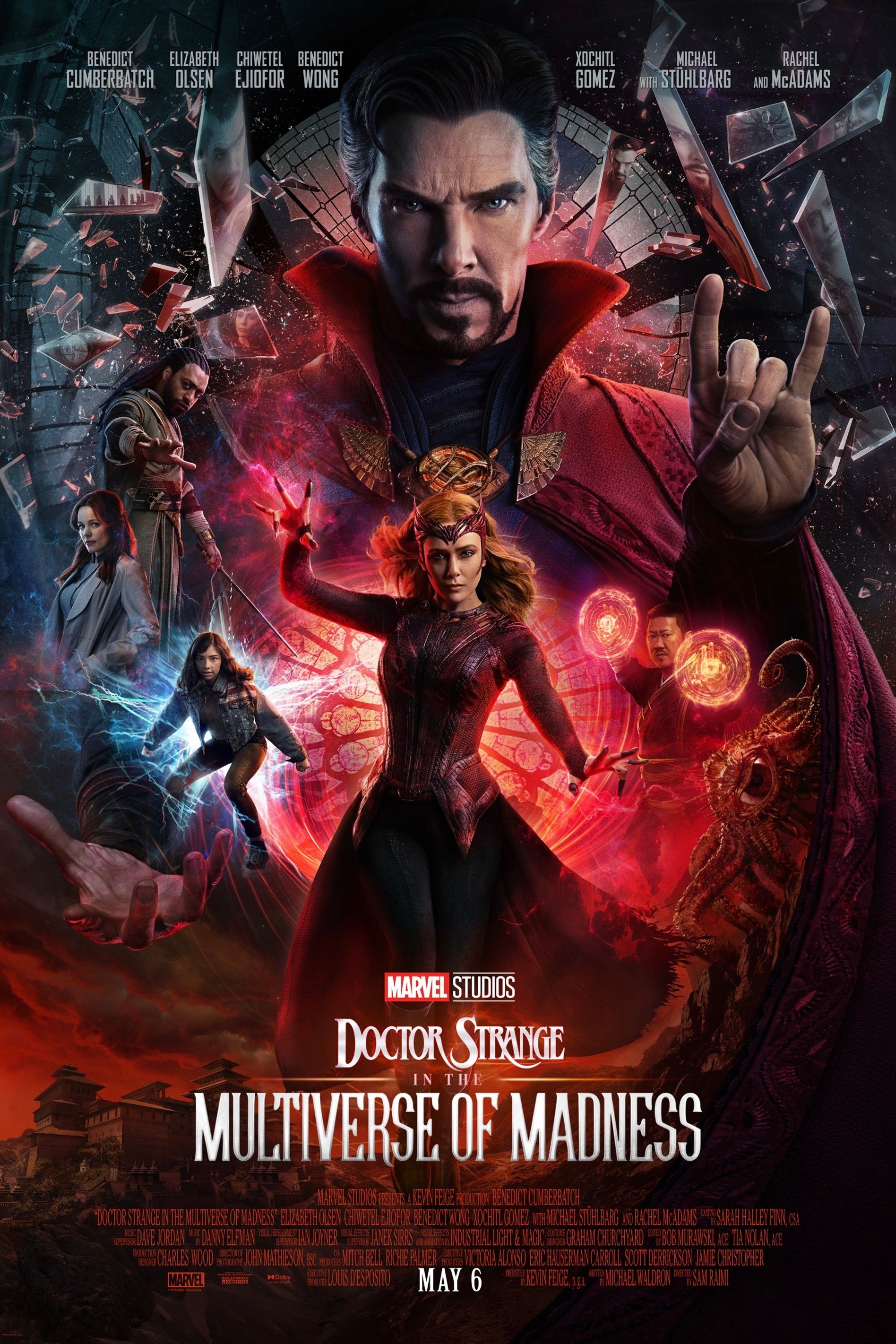Now that Phase 4 is in full swing, it's time for the rules of the MCU multiverse and alternate timelines to be explained based on what's been established in Loki and Avengers: Endgame. Phase 3 really dove into the full potential of the Quantum Realm, a concept that was picked up in Endgame and used as a rather convenient explanation for time travel. The movie leaned into poking fun at the nonsense logic of time travel movies and pointing out their inconsistencies. The truth is, Endgame didn't do much better, choosing to hand-wave a number of the thornier concepts regarding quantum physics and paradoxes raised by their time heist.
Phase 4 is expanding upon the concept of alternate timelines with Loki, while WandaVision introduced the early stages of the multiverse into the MCU. Meanwhile, the upcoming Spider-Man: No Way Home and Doctor Strange in the Multiverse of Madness will expand the multiverse in a significant way. A multiverse explanation now paves the way for unlimited retcons or the introduction of the Fantastic Four and X-Men into the MCU. The Netflix shows can now be explained as having happened in a different universe, freeing Marvel up to ignore the continuity of the TV shows but also giving them the option of bringing back some audience favorite actors and characters if they choose. On the whole, the multiversal approach offers up any number of potential stories.
That said, Marvel hasn't exactly been clear about how it all works. Time travel logic is dicey, the MCU appears to be treating alternate timelines and alternate universes interchangeably, and explanations have, at best, been the equivalent of the Tenth Doctor explaining how time works in Doctor Who as it being "a ball of wibbly-wobbly, timey-wimey...stuff." Thanks to Scarlet Witch, there's also the wild card of alternate realities, which is another thing altogether. It's a lot to wrap the head around. Here's how alternate timelines and the multiverse work in the MCU.
Are Alternate Timelines & Universes The Same Thing In The MCU?
So far into this overarching multiverse story, the MCU has seemed to be using the concept of alternate timelines and alternate universes interchangeably, leading to some confusion about how it all works. When the Avengers pulled off their time heist, were they creating different timelines or alternate realities? Is Loki technically in a different timeline or a different universe now? It's not always clear. Are alternate timelines and universes the same thing in the MCU? The answer is yes...and no.
It's important to understand that, despite its tendency to hand-wave the details, Marvel has always based its more fantastical elements in established, real-world scientific theory, if an extremely watered-down Hollywood version of it. The Einstein-Rosen bridge that Jane Foster gets so excited about in the first Thor movie, for example, is indeed a real concept in physics, a theoretical hole in spacetime that allows someone to travel from one universe to a mirror universe on the other side. The MCU took that one step further, with Endgame's time travel and Loki's multiverse very loosely based on a real-world interpretation of quantum physics known as the "many worlds theory." A different quantum outcome (read: result) in a test results in a slightly different reality. In other words, every event, even an insignificant one, that has multiple potential outcomes creates a branch at the moment that choice is made, resulting in an alternate universe.
In Endgame, the lines are incredibly blurred and they're used interchangeably: "If I give up the Time Stone to help your reality, I'm dooming my own," the Ancient One tells Bruce Banner before showing him how removing the Time Stone from her current timeline creates a branch. So in the interests of the MCU, technically, yes, they can be used interchangeably, and, in fact, "timelines," "universes," and "realities" are all treated the same by Endgame, for better or for worse.
Does Time Travel Always Cause An Alternate Timeline In The MCU?
In the MCU, technically, time travel can create alternate timelines. As Mordo explained to the future Sorcerer Supreme in Doctor Strange, "Temporal manipulations can create branches in time. Unstable dimensional openings, spatial paradoxes, time loops! You want to get stuck reliving the same moment over, and over, forever, or never having existed at all?"
In the MCU, time isn't treated like a linear flow, but as another dimension–the fourth dimension, actually. So it's possible for characters to move throughout that dimension, i.e. time travel. Endgame's concept of time travel is loosely based on British physicist David Deutsch's interpretation of the many worlds theory. Whenever they travel back in time in their own timeline, it results in a branched reality–or, rather, another timeline–but only from the point they arrived in the past. Traveling forward in one's own timeline or traveling back to the present after going back in time in one's own timeline doesn't result in a branched timeline, but traveling back to the past does, as that changes the course of events.
Endgame also established that messing with items of immense power or that have a major impact on a timeline will absolutely create an alternate timeline. As the Ancient One explains to Bruce Banner, "The Infinity Stones create what you experience as the flow of time." When one of those Infinity Stones, i.e. one of those items of immense power, is removed, it creates a branch. However, there is a loophole: If the Infinity Stones are replaced in the timeline at the exact moment they were removed, it erases the branched timeline as though it was never created at all. Problem solved.
How Is The MCU Multiverse Created?
Loki expands upon this idea. The newest Disney+ series explains that anyone or anything that deviates significantly from the path the Time-Keepers have laid out as the Sacred Timeline causes a branched timeline. These events are known as "nexus events," and they come with a window of opportunity to reverse the effects. That means there is a certain amount of time the branched timeline can exist before it becomes permanent. Once a branched timeline "redlines," that is, passes that point of no return, it becomes permanent and turns into an alternate universe. As it's impossible for the TVA to prune all these timelines before they redline, these multiple realities create the MCU's multiverse. Lady Loki's timebombing of the Sacred Timeline just kicked open the doors of the multiverse in a big way.
It's important to note here that alternate universes aren't the same thing as parallel universes, however. In the MCU, alternate universes essentially branch from the same main timeline, so, in theory, anyone could travel to these alternate universes by traveling up and down the various branches or "trunk" that is the Sacred Timeline. Parallel universes, on the other hand, are like two trees growing side-by-side. They may look incredibly similar, even be of the same species, but they never cross over.
Can Nexus Events Be Reversed?
In theory, yes, a nexus event can be reversed–if it's caught early enough. It's why the TVA's Minutemen are constantly tracking down these variant beings and nexus events and "pruning" them the way one would prune twigs from a branch. They simply drop a reset charge into the fledgling branched timeline and erase that branch before it can redline. On the surface, it's similar to Endgame's concept of how returning the Infinity Stones to their proper places in the main timeline, also known as the Sacred Timeline, stopped those splitting branches from ever happening. In Endgame, the Infinity Stones had to be replaced at the exact moment they were taken from the timeline. The reasoning is that if the event that causes the branched timeline, i.e. the Infinity Stone being taken, never happens in the first place, then neither does the deviant timeline.
The TVA's approach is slightly different. Instead, the TVA arrives in a branched timeline that's already started. "Why don't we just travel back to before the attack when the variant just arrived?" Loki asks Mobius. The TVA agent reminded him that they can't because of how unstable so many nexus events are. "Nexus events destabilize the time flow," he explained, "This branch is still changing and growing so you have to show up in real-time." It's not entirely clear why the Avengers could return to the exact moment but the TVA has to jump into a branched timeline already in progress, but it could be that the very existence of the Infinity Stones is powerful enough to stabilize a timeline. While the TVA's technology is impressive–erasing a branched timeline is no easy task, after all–it's still not the raw, cosmic force of an Infinity Stone. Or it could simply be that the Loki creative team didn't agree with Endgame's rules for time travel and tweaked it to suit their story.
Why Is Time Travel So Hard To Get Right In The MCU?
Even with Marvel doing its best to have some sort of internal logic holding it together, there are still a number of inconsistencies and wild paradoxes regarding time travel and the multiverse in the MCU. For example, the God of Mischief was nabbed by the TVA for his Tesseract shenanigans, but the Avengers weren't. Loki glossed over the discrepancy by claiming the events of Endgame were "supposed to happen." That is, they were sanctioned by the TVA's Time-Keepers. That could be because the Time-Keepers knew the Avengers had agreed to put the Infinity Stones back, closing up the branched timelines.
However, that doesn't account for why Steve Rogers was allowed to go back in time and live a completely different life, an event that, according to the rules of the MCU, absolutely created a branched timeline. The entire role of the Time-Keepers is supposedly to keep the Sacred Timeline intact and to prune any branched timelines. So why did they let Steve Rogers live out his life in another timeline universe? There are a few explanations: Either the Time-Keepers are ignoring their own strict timeline rules or those rules weren't that important to begin with.
The reality is that in most cases, strict science makes for poor story. For a sprawling franchise like the MCU, the finer points of certain explanations have to be fudged, other story arcs retconned or explained away, and contradictions are bound to exist. Beyond the storytelling aspect, the MCU can't get time travel exactly right because science can't even get it right. Time travel and alternate universes are theoretical concepts, and what little evidence there is to support them depends on what school of physics one subscribes to. The theory of relativity and quantum physics directly contradict one another; string theory is meant to be the theory that bridges the gap and ties them both together, but even that has its flaws and internal logic that doesn't hold up when certain theoretical variables are introduced. Simply put, theoretical physics is hard, and if real-life physicists can't even agree on how it works, it's certain the MCU won't, either, no matter how many physicists Marvel brings on board as consultants.
How Does It All Tie Together In The MCU?
Time travel and alternate universes aren't just MCU Phase 4 concepts. Thanks to the powers of the Infinity Stones, the ability to hop through time and space and even to warp reality have been loosely touched upon since Captain America and Thor all the way back in 2011. Ant-Man opened the door even further with the introduction of the Quantum Realm and all the possibilities it contains, while Endgame ran with it and created a working time travel theory.
Still, MCU Phase 4 is blowing the doors open on the multiverse in a big way. Nexus events and Nexus Beings are set to play a huge role in Phase 4 moving forward. WandaVision established that Scarlet Witch is one of those so-called Nexus Beings, extremely rare beings capable of affecting probabilities and thus the multiverse at large. With her unique and immensely powerful Chaos Magic, Wanda can warp realities and affect universes without even trying. And while Loki doesn't appear to be a Nexus Being yet, the series seems to be setting him or Lady Loki up to be one by the end. It would make sense for the god who loves chaos to join the Chaos Magic-wielding witch in breaking the multiverse wide open, especially now that Loki has slipped his leash and is out of his established timeline.
The God of Mischief's actions in Loki and Scarlet Witch's in WandaVision appear to be the setup for everything that's soon to follow. Despite it not being officially confirmed, it's an open secret that Spider-Man: No Way Home will deal with the multiverse in some way, with villains from Sony's other Spider-Man franchises confirmed and Tobey Maguire's and Andrew Garfield's Spider-Man each rumored to appear. Doctor Strange in the Multiverse of Madness outlines the main story right in the title. As Miss Minutes explains in the instructional video in Loki episode 1, "Stepping off your path created a nexus event, which, left unchecked, could branch off into madness, leading to another multiversal war." Clearly, the events of WandaVision and Loki, and even Avengers: Endgame, are leading right to that multiverse of madness that Miss Minutes described. Whatever chaos the God of Mischief is intentionally or unintentionally setting into motion, what exactly the MCU is dealing with will certainly be made clear by Loki's finale.
Loki releases new episodes every Wednesday on Disney+.

